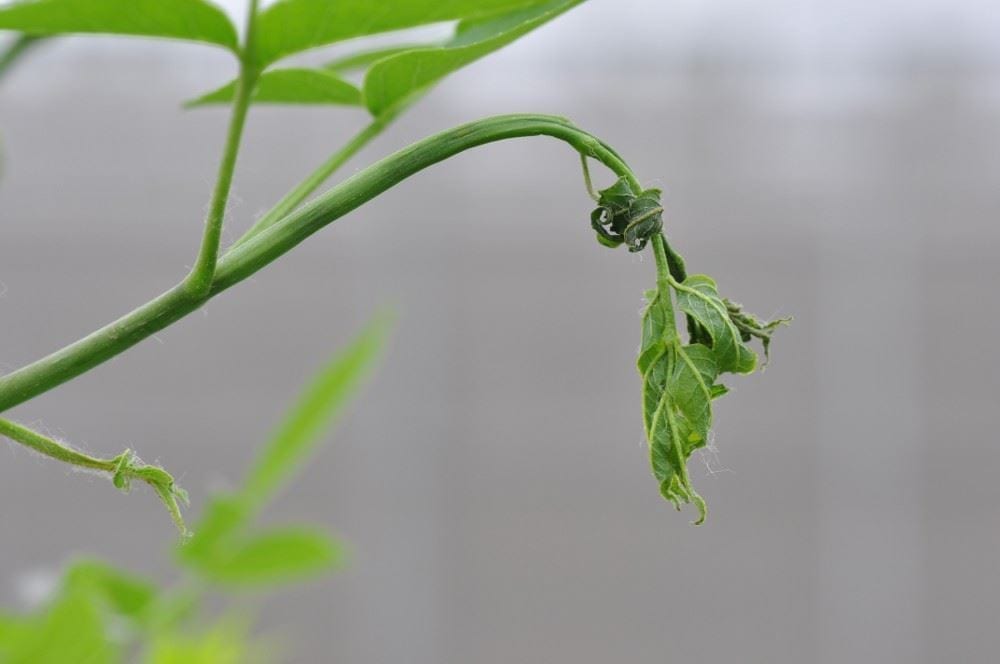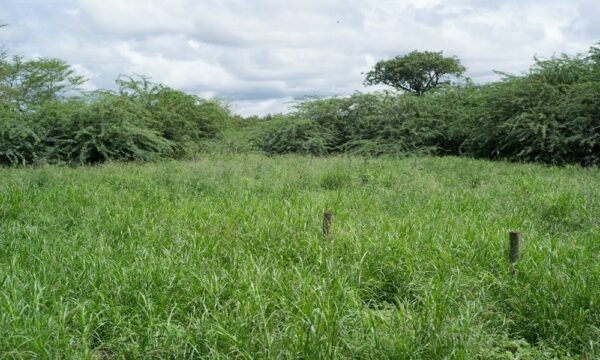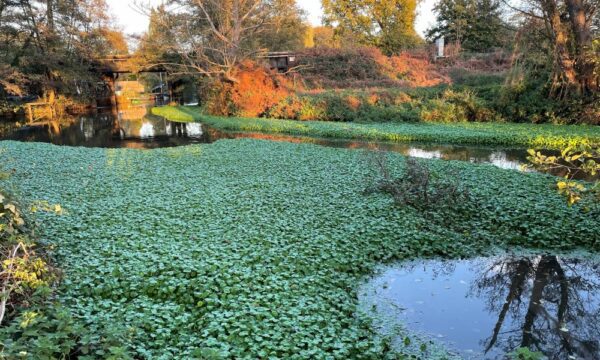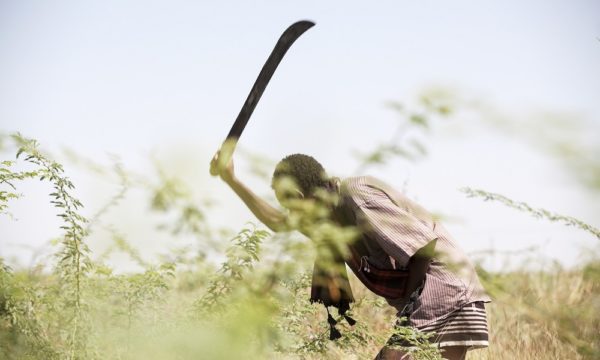
5 August 2019 – CABI’s expert scientists in the field of ecosystems management and invasion ecology have presented new guidance on ways to help protect the world’s trees and forests from harmful pests and diseases such as the box tree moth and ash dieback.
Dr René Eschen led an international team of researchers who suggest that a number of important factors should be considered when monitoring for non-native pests that can pose a serious threat to forest resources and have significant negative economic, biodiversity and livelihood impacts.
The team, which includes scientists from the Slovenian Forestry Research Institute, the Agri-Food and Biosciences Institute, UK, the University of Belgrade, Serbia and the Croatian Forest Research Institute, say more information about organisms associated with imported woody plant is needed to support authorities to be better prepared for the arrival and spread of new pests.
They stress that the increase in intercontinental trade is coinciding with an increase in the number of potentially serious pests in all parts of the world, and stronger border biosecurity is needed to minimise the risk of additional pests being introduced.
Dr Eschen and PhD student Iva Franić, in the new research published in the Journal of Biogeography, conducted a literature review and analysed case studies in Serbia, Croatia and Switzerland. They set out to determine inter and intra annual and spatial patterns in insect diversity, spatial patterns in diversity of seed-borne fungi, as well as spatial and temporal patterns across and within regions, locations and years.
Dr Eschen said, “The detection and identification of potential pests of woody plants before their introduction is an important component of successful biosecurity, because it allows Pest Risk Analysis to be carried out and phytosanitary measures to be developed and implemented.
“However, it is unclear where the monitored plants can best be located, how many samples are required and when and how often sampling optimally should take place for the adequate assessment of the biodiversity associated with the target plant species.
“Our study illustrates the factors that should be considered when deciding on the location and timing of sampling. This is important because of the trade-off between the number of samples and sampling locations needed to detect many of the species which may be potential pests, and the cost of (repeated) sampling in many locations.”
Dr Eschen says the assessment of the biodiversity associated with a single tree species requires careful planning and significant resources. The review and case studies indicate that the sampling design (where, when, how often and how much to sample) may differ depending on the targeted taxa (e.g. fungi vs. insects), sampled part of the tree (e.g. perennial vs. annual parts) or identification method (e.g. isolation or rearing vs. high throughput sequencing).
“In order to decide on the appropriate sampling for insects and fungi in the same locations it is necessary to understand the ecology of the sampled trees and targeted pests, as well as the purpose of the sampling,” he added. “But, to save travel costs, it would be meaningful to, whenever possible, combine sampling insects and fungi at one or two occasions per year.”
As part of a ‘decision support scheme’ developed by the scientists they highlight a number of recommendations including the first step of designing a sampling study by deciding on the target tree species and the purpose of the sampling and taxa of interest.
The researchers say that by following their recommendations, more accurate Pest Risk Analysis can be carried out which will enable the relative risks of different host plants or commodities – as sources of invasive pests and pathogens – to be ranked and prioritised as part of the inspection process.
Additional information
Full paper reference
René Eschen, Maarten De Groot, Milka Glavendekić, Nikola Lacković, Dinka Matosević, Carmen Morales-Rodriguez, Richard O Hanlon, Funda Oskay, Irena Papazova, Simone Prospero, Iva Franić, ‘Spotting the pests of tomorrow – Sampling designs for detection of species associations with woody plants,’ 2019, Journal of Biogeography. DOI: 10.1111/jbi.13670
This paper is available here: https://onlinelibrary.wiley.com/doi/abs/10.1111/jbi.13670
Collaborators
Slovenia Forestry Institute, Ljubljana, Slovenia
Faculty of Forestry, University of Belgrade, Belgrade, Serbia
Croatian Forest Research Institute, Jastrebarkso, Croatia
Department for Innovation in Biological, Agro-food and Forest Systems, University of Tuscia, Viterbo, Italy
The Agri-Food & Biosciences Institute (AFBI), Belfast, UK
Faculty of Forestry, Çankırı Karatekin Üniversitesi, Cankiri, Turkey
Faculty of Forestry, Ss. Cyril and Methodius University in Skopje, Skopje, Macedonia
Swiss Federal Institute for Forest, Snow and Landscape Research WSL, Birmensdorf, Switzerland
Institute of Plant Sciences, University of Bern, Bern, Switzerland
Funding
This work was supported by COST Action Global Warning (FP1401). Iva Franić was funded through a grant from the Swiss State Secretariat for Science, Education and Research (Grant C15.0081). René Eschen and Iva Franić were supported by CABI with core financial support from its member countries. The Croatian Ministry of Agriculture financed the collection of data from Croatia.
CABI’s Sentinel nurseries research
Find out more about CABI’s work with sentinel nurseries as early warning systems against alien tree pests from the project page.
About CABI
CABI is an international not-for-profit organization that improves people’s lives by providing information and applying scientific expertise to solve problems in agriculture and the environment.
Through knowledge sharing and science, CABI helps address issues of global concern such as improving global food security and safeguarding the environment. We do this by helping farmers grow more and lose less of what they produce, combating threats to agriculture and the environment from pests and diseases, protecting biodiversity from invasive species, and improving access to agricultural and environmental scientific knowledge. Our 49 member countries guide and influence our core areas of work, which include development and research projects, scientific publishing and microbial services.
We gratefully acknowledge the core financial support from our member countries (and lead agencies) including the United Kingdom (Department for International Development), China (Chinese Ministry of Agriculture and Rural Affairs), Australia (Australian Centre for International Agricultural Research), Canada (Agriculture and Agri-Food Canada), Netherlands (Directorate-General for International Cooperation, and Switzerland (Swiss Agency for Development and Cooperation). Other sources of funding include the fees paid by our member countries and profits from our publishing activities which enable CABI to support rural development and scientific research around the world.
Related News & Blogs




